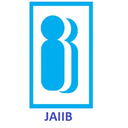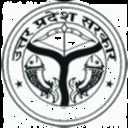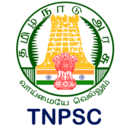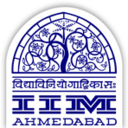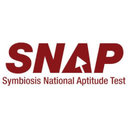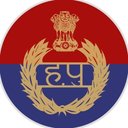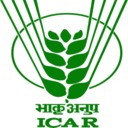Words A with E and B with D are to be interchanged as mentioned. In the place of word A, a 'to-be' verb is required and in the place of word E, a verb in base form (V1) is required. Accordingly, word A 'reach' is a verb in the base form (V1) and word E, 'was' is a 'to-be' verb that can take each other's place. Similarly, in the place of word B, a preposition is required and in the place of word D, an adjective is required to qualify the noun 'places'. Accordingly, word B, 'beautiful' is an adjective and word D, 'of' is a preposition and thus they interchange their positions, respectively.
The correct sentence is: It was one of the most difficult, most beautiful places to reach anywhere in Norway.
Hence, the correct answer is option (b).
Note:
Linking verb: A verb that connects the qualities of an object or person to that object or person. Example: The girl we met at the conference was intelligent and beautiful. Here, 'was' is the linking verb. It connects the qualities (intelligent and beautiful) with the person (girl).'
A Preposition is a word placed before a noun or a pronoun or a noun equivalent (pronoun, adverb, gerund, infinitive, adverbial clause, or any clause that can be used as the object of the preposition) and shows a relationship in space or time or a logical relationship between two or more people, places, or things in a sentence.
Examples
I. The teacher scolded the child for being late.
II. We're going to a party.
· The words in bold are called prepositions because they normally take position before (pre) a noun/pronoun or a noun equivalent (pronoun, adverb, gerund, infinitive, adverbial clause, or any clause that can be used as the object of the preposition.
· The noun/pronoun which is used with a preposition is called its Object.
Qualifiers: A word or phrase that limits the meaning of another word or phrase or makes it less general. 'Adverbs' and 'adjectives' are qualifiers.
V1 -> Base form/simple form of verb, V2 -> Past form of verb (-ed form or irregular verb), V3 -> Past participle form of verb (-ed, -d, -t, -en, or -n), V4 -> Continuous form of verb / Present participle form of verb (-ing form), V5 -> Third person singular (V1+ -es or -s).
 Study Notes
Study Notes Mock Tests
Mock Tests Previous Year Papers
Previous Year Papers Category
Category
































